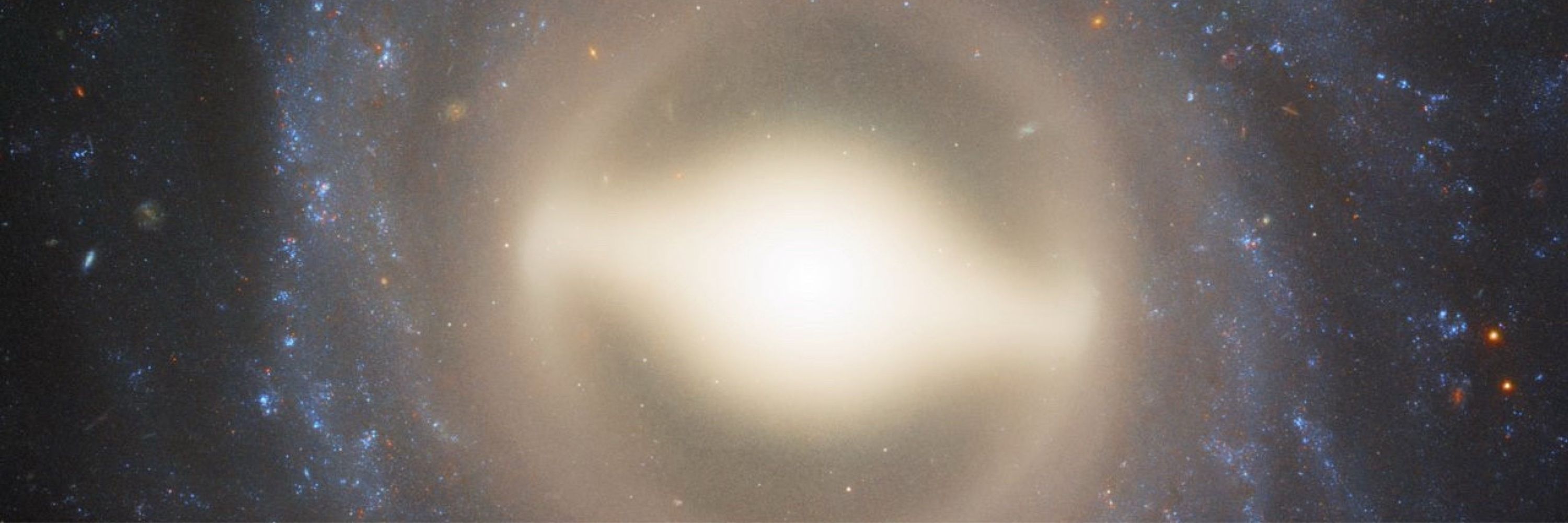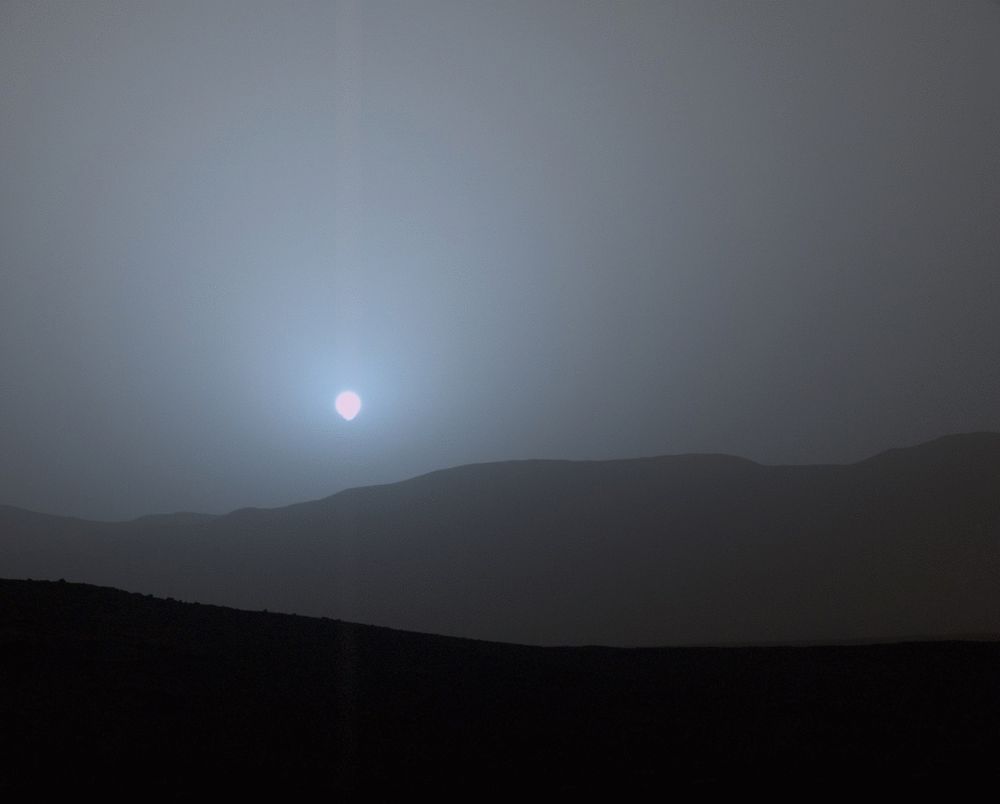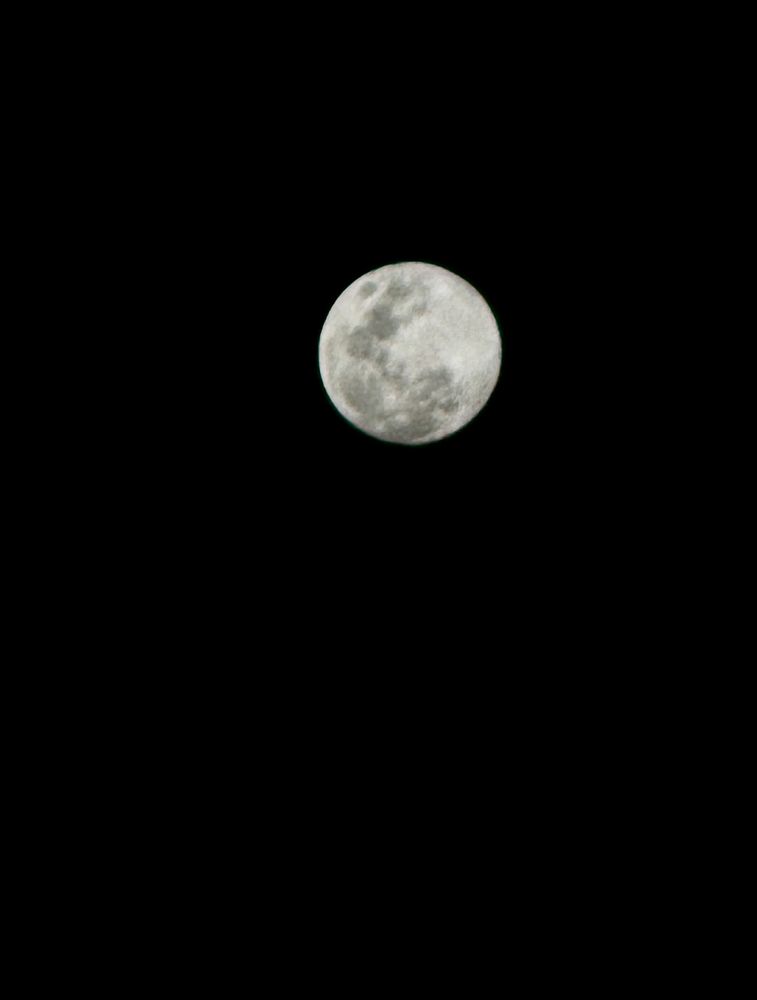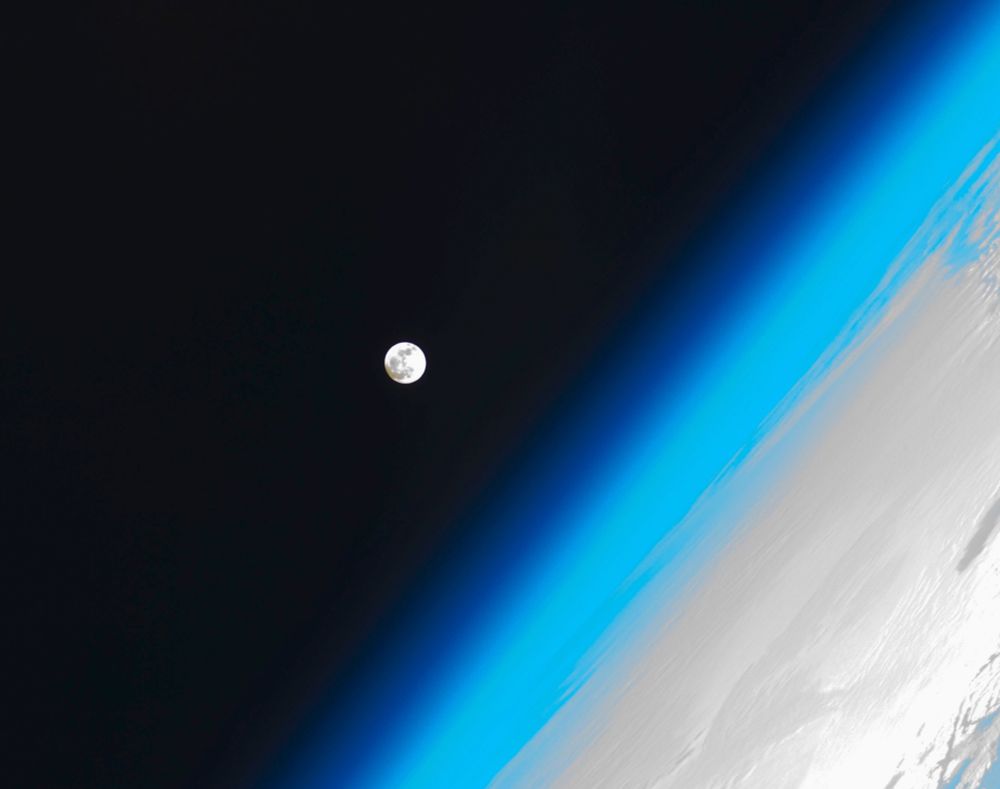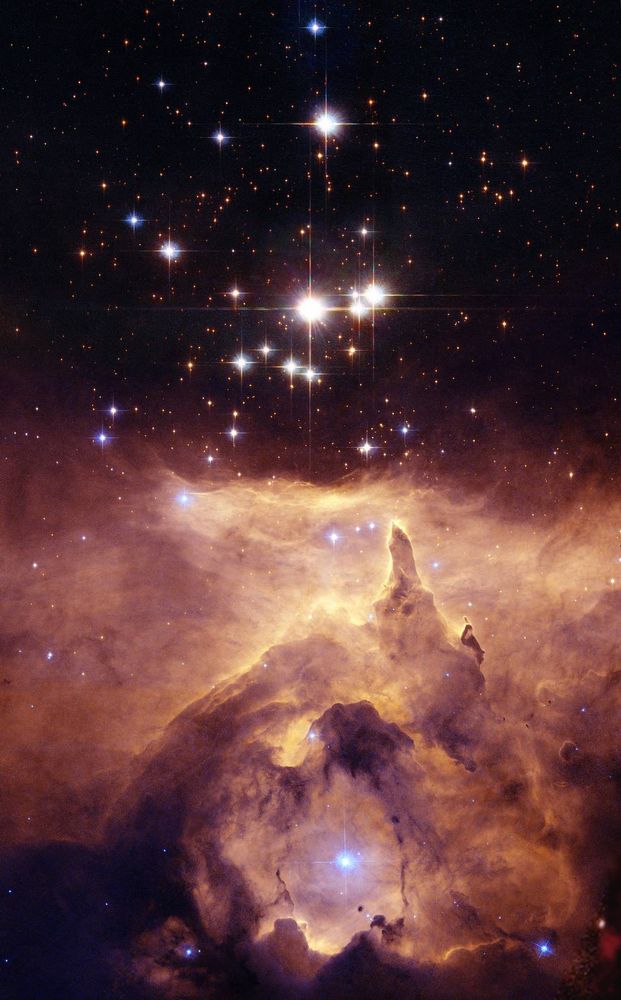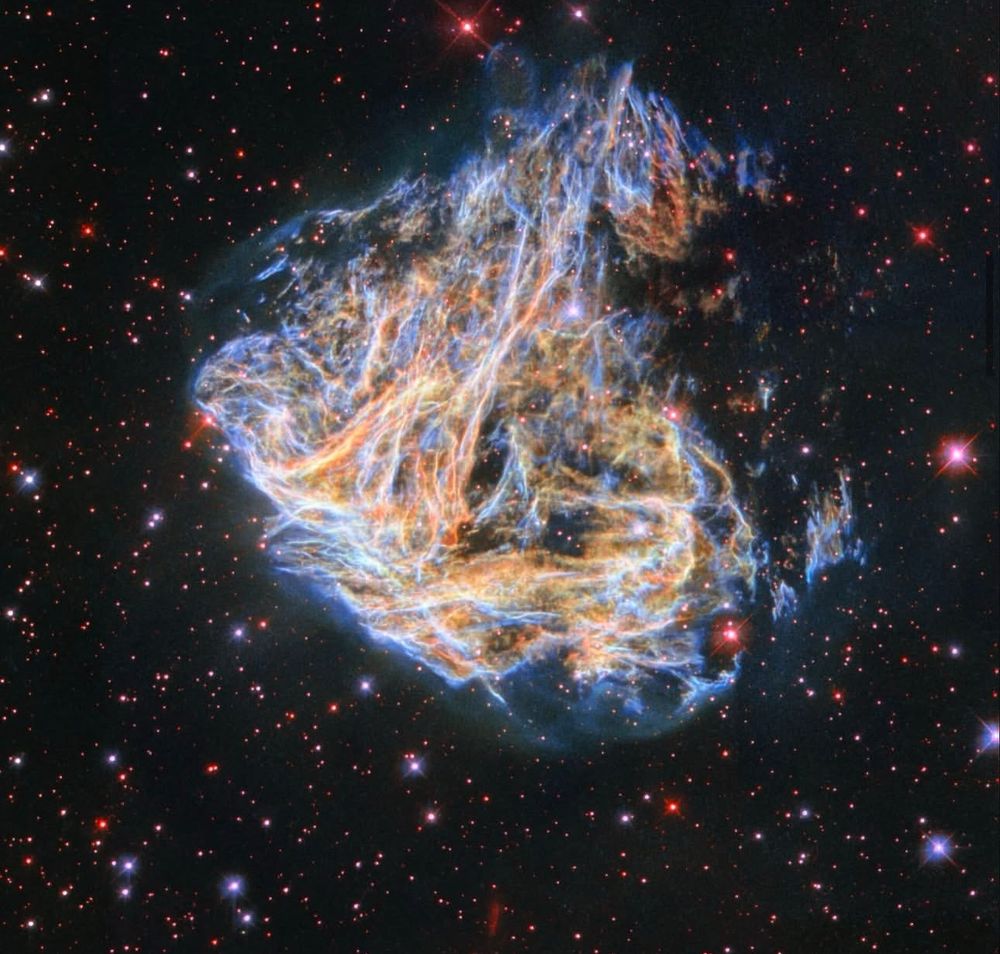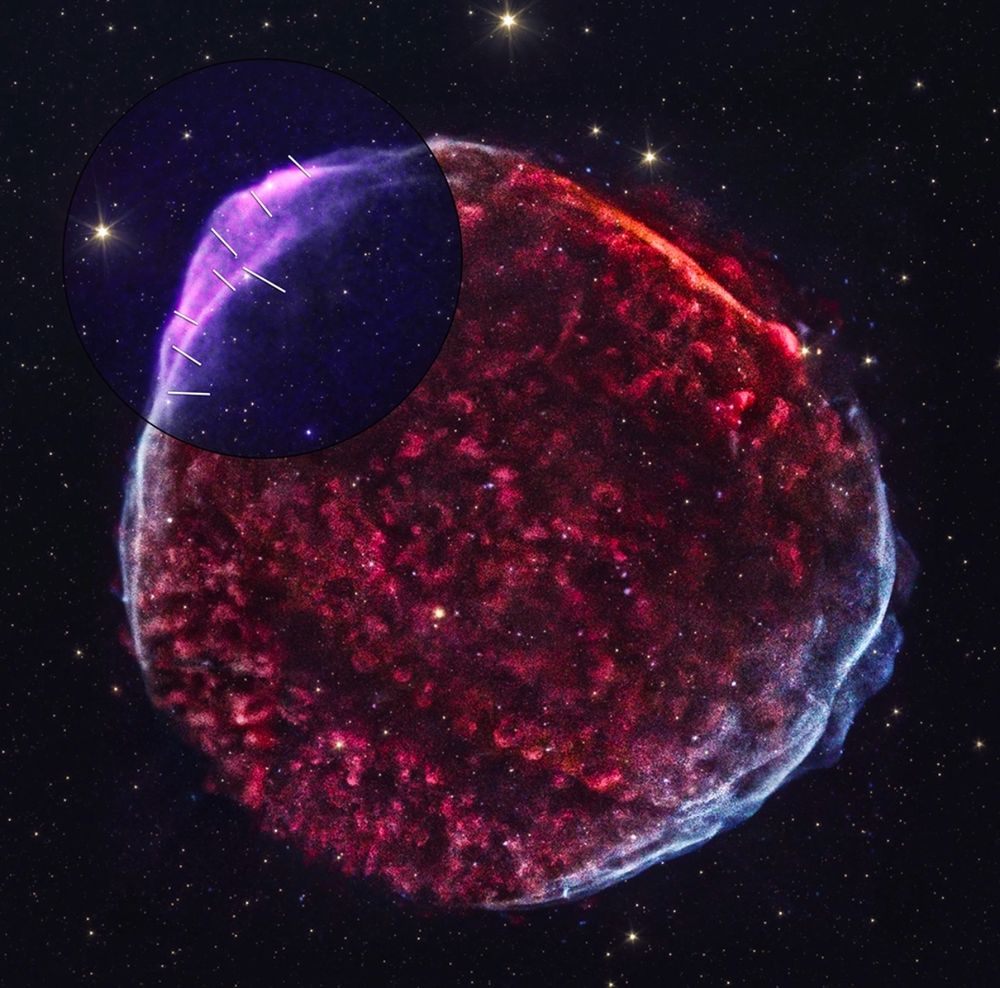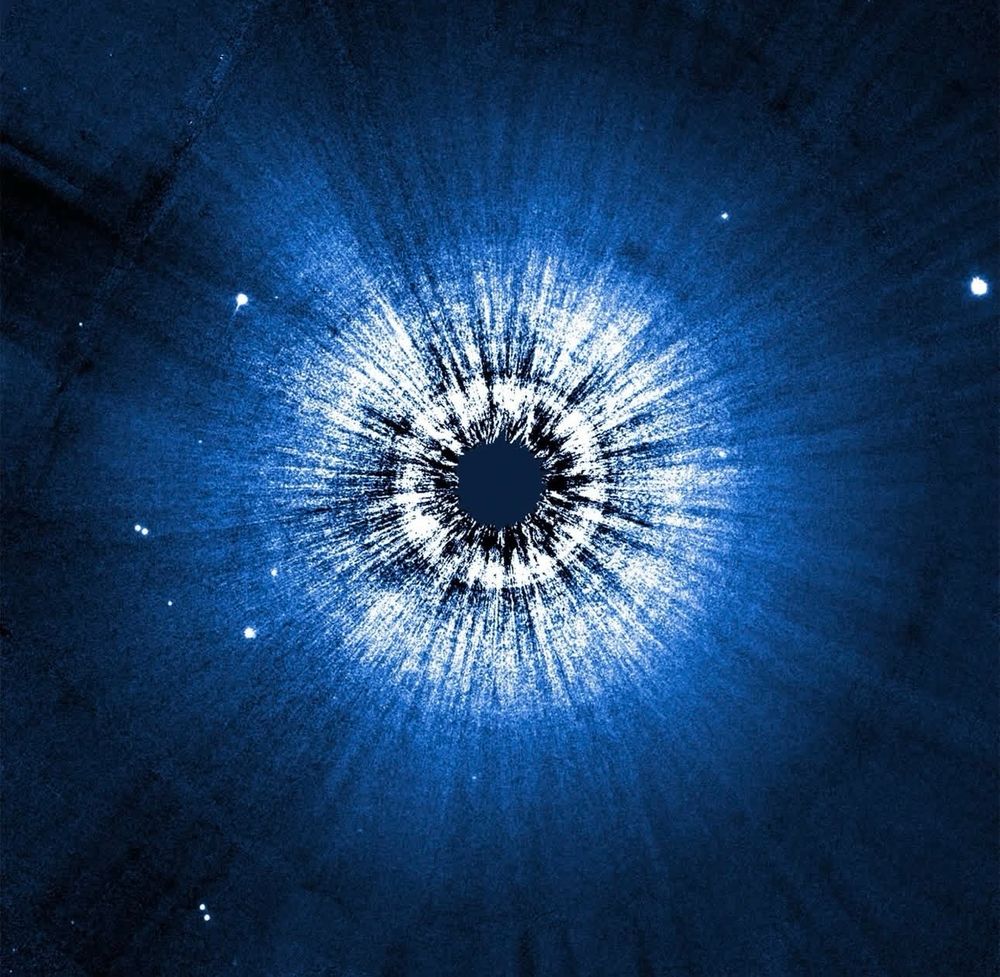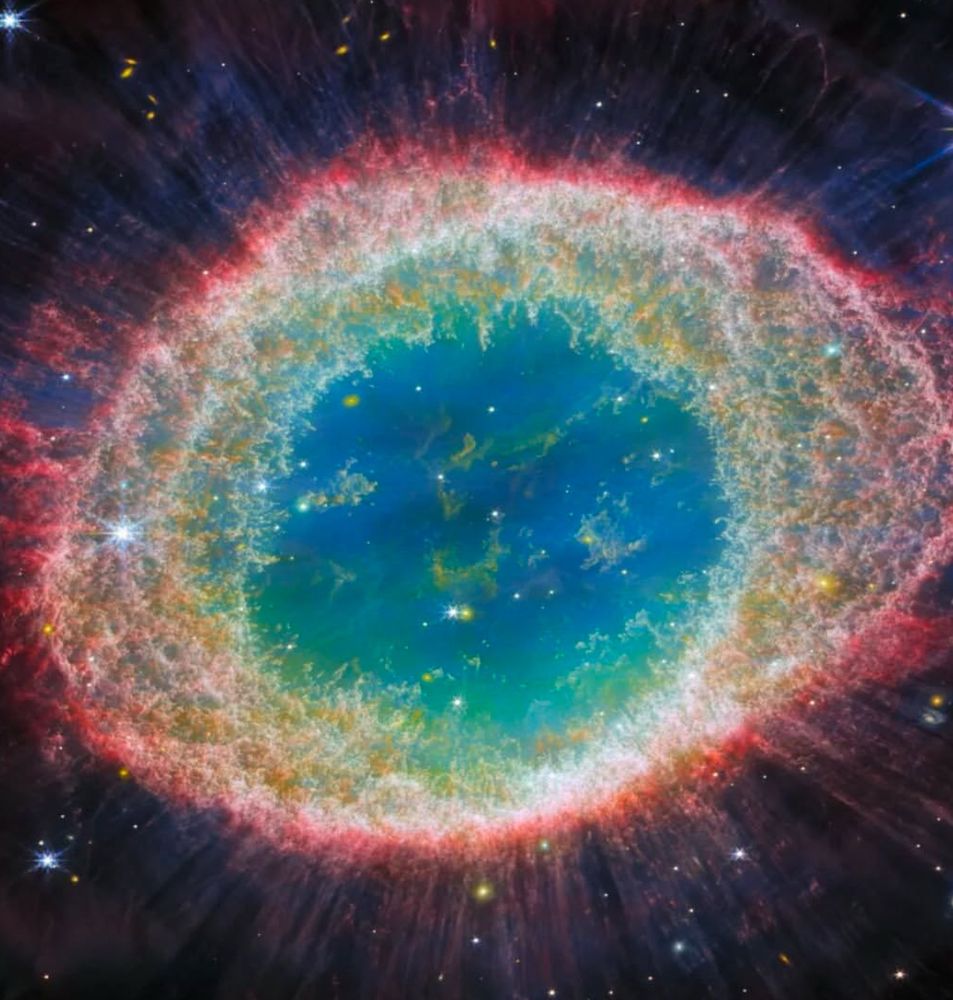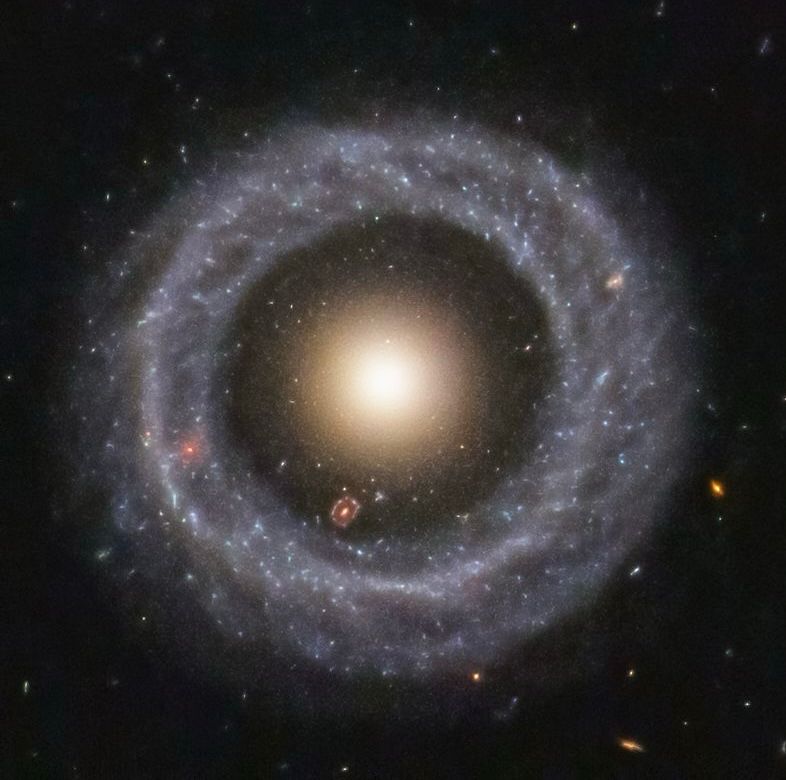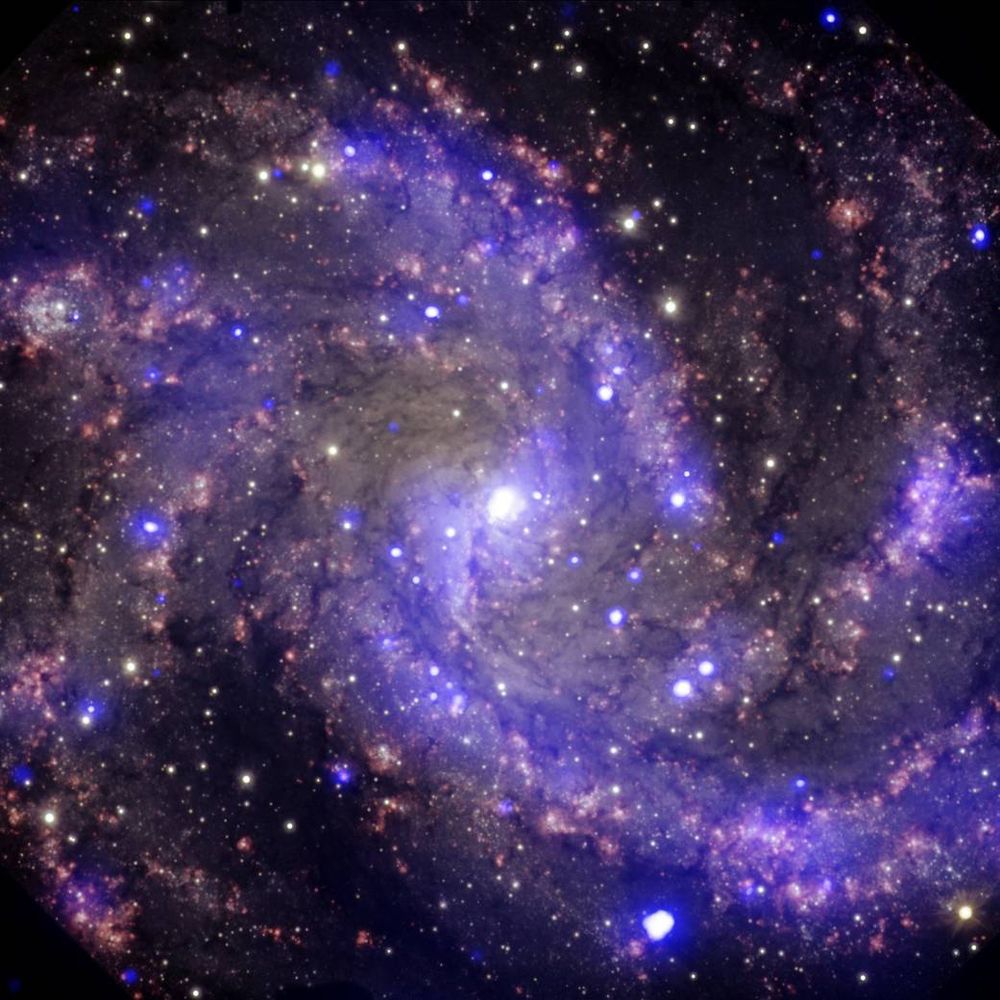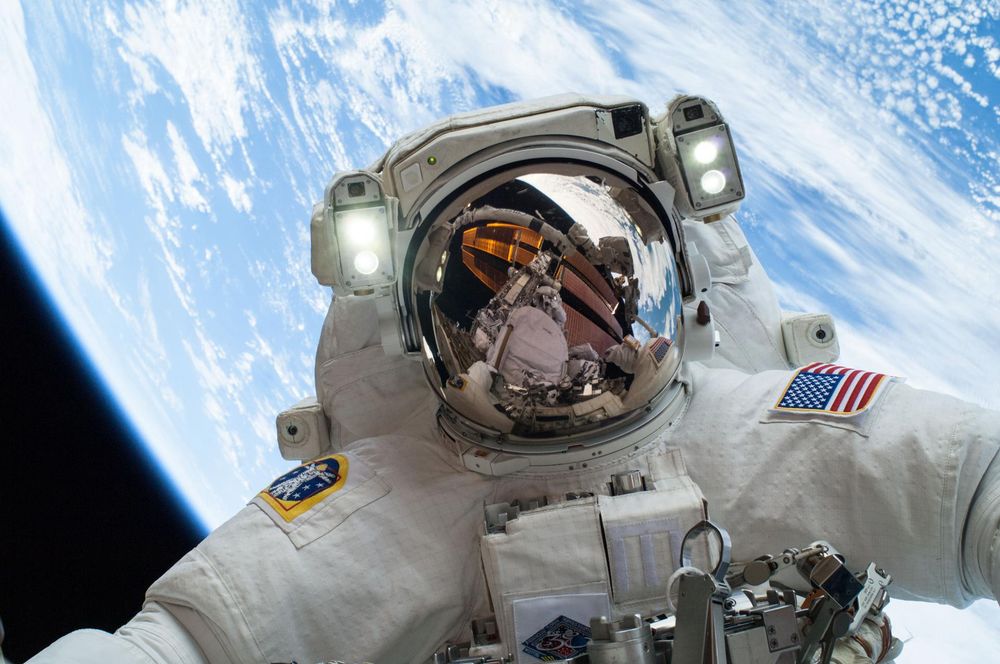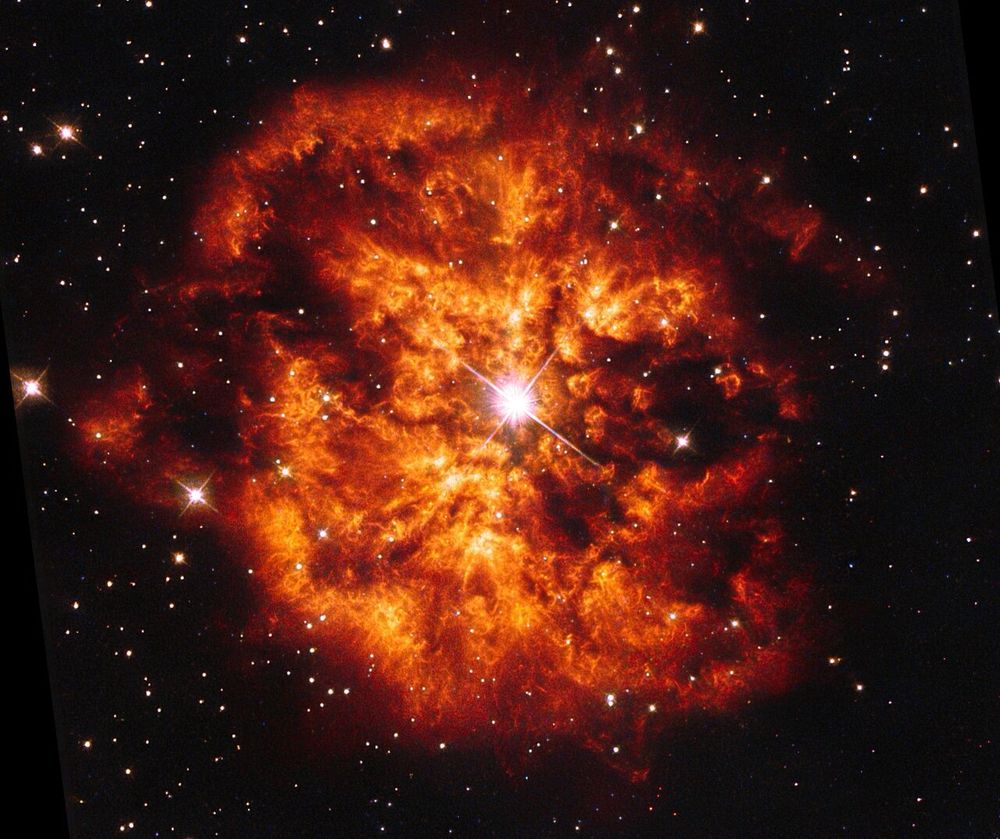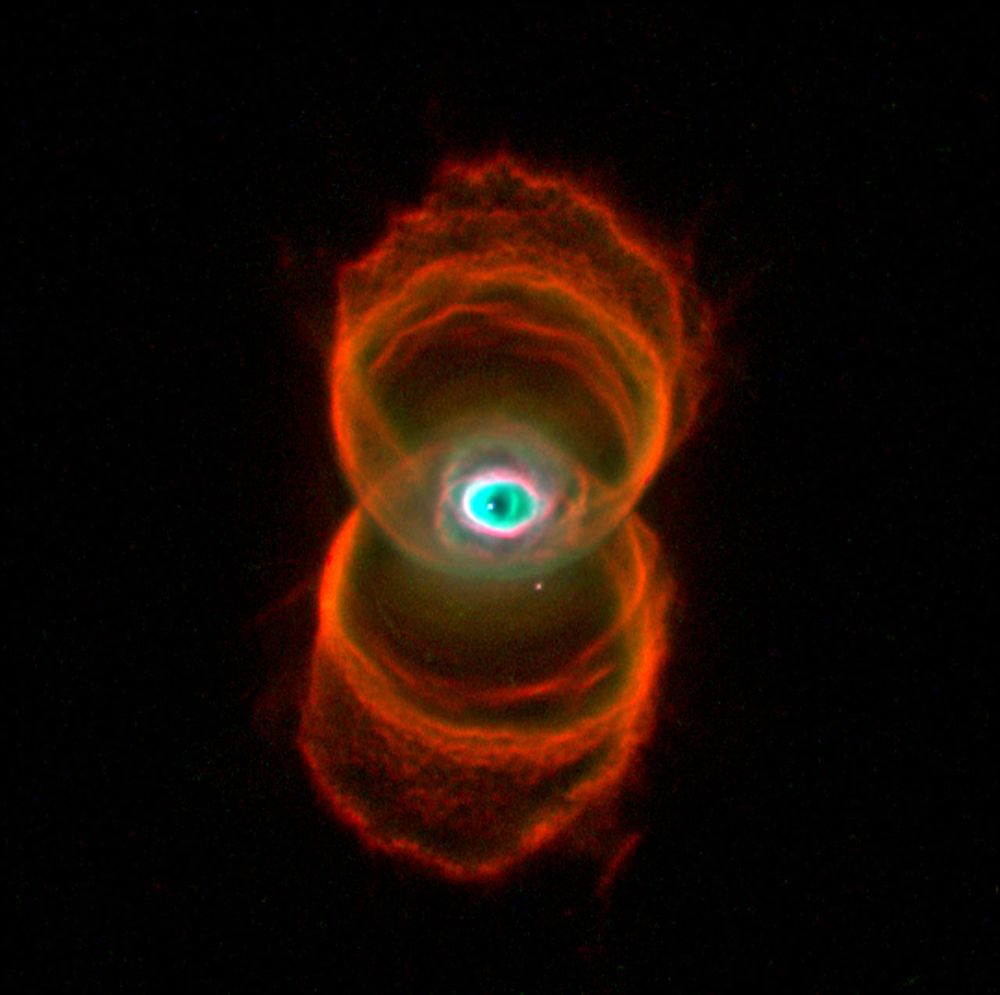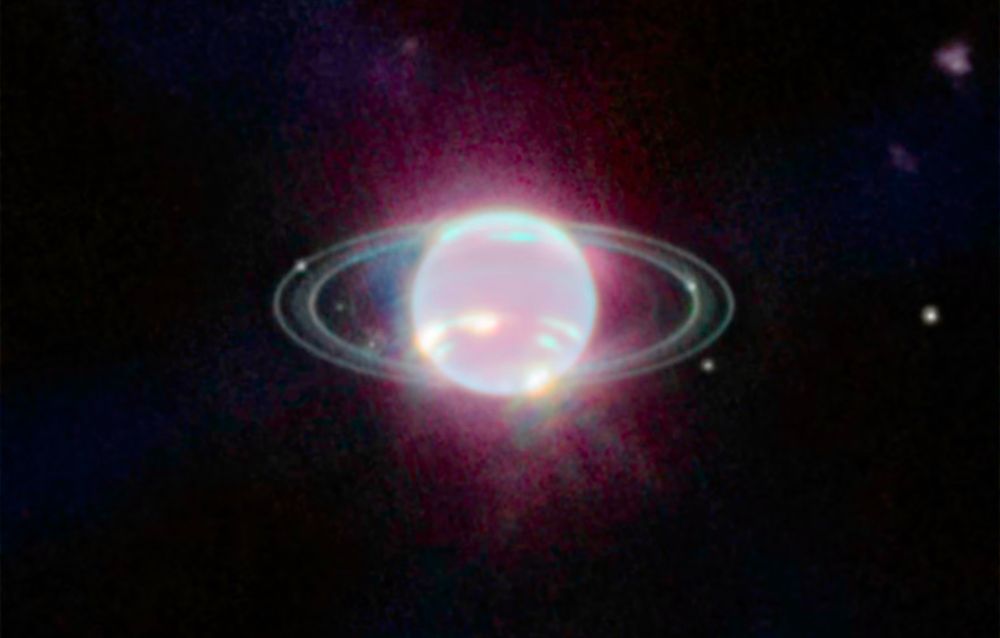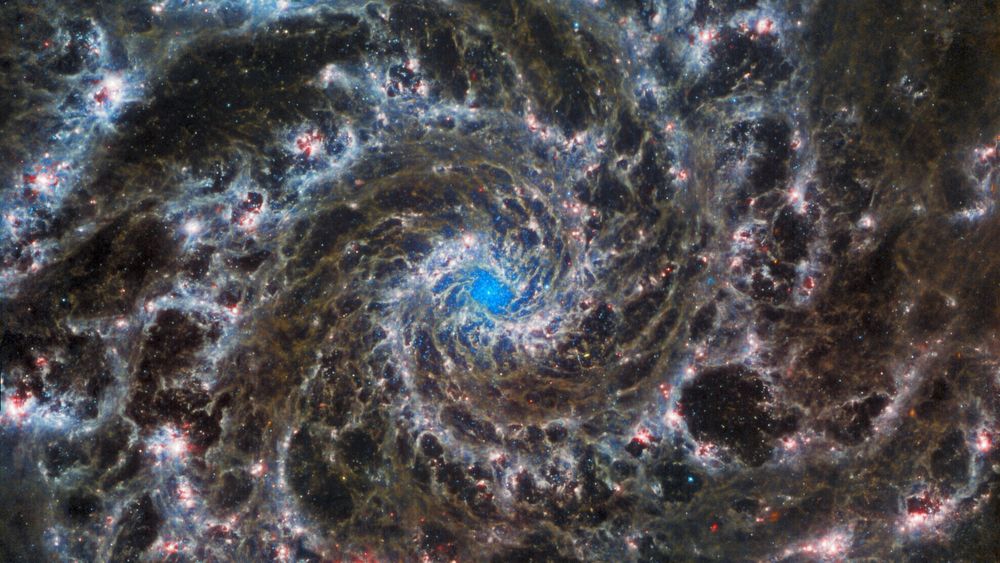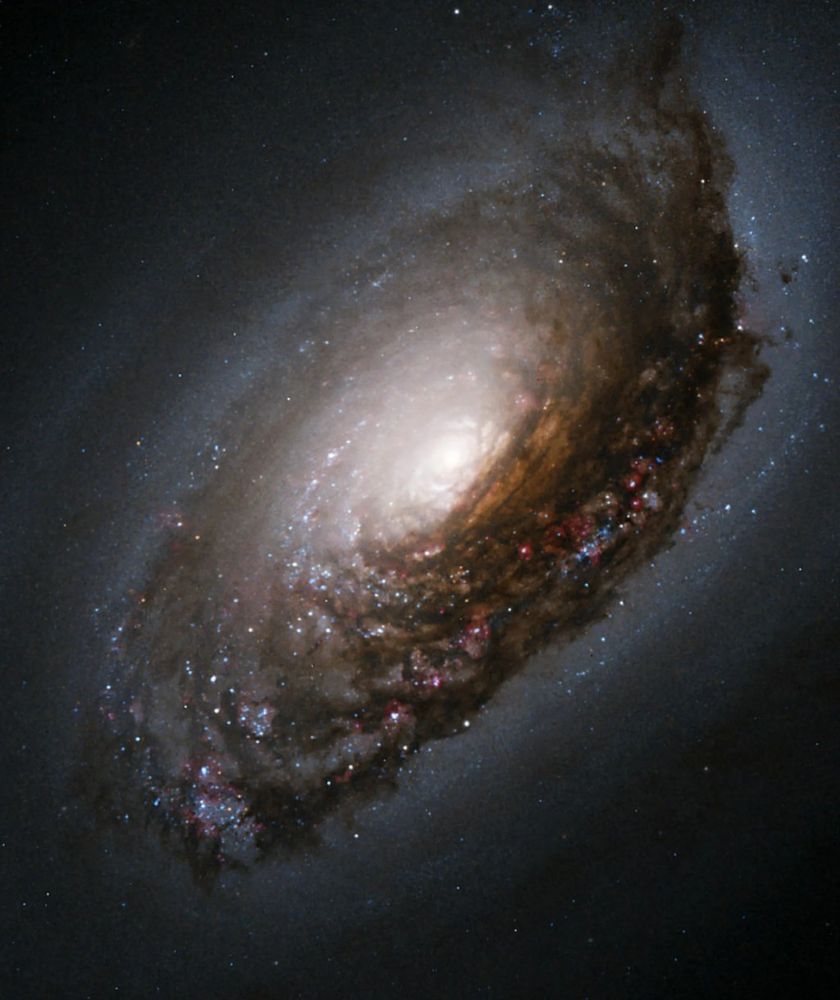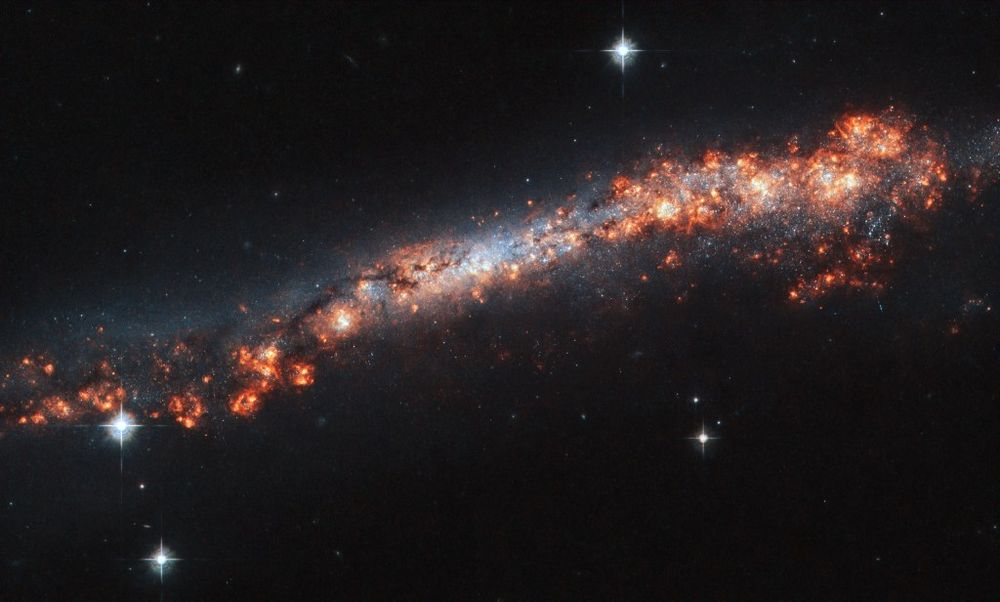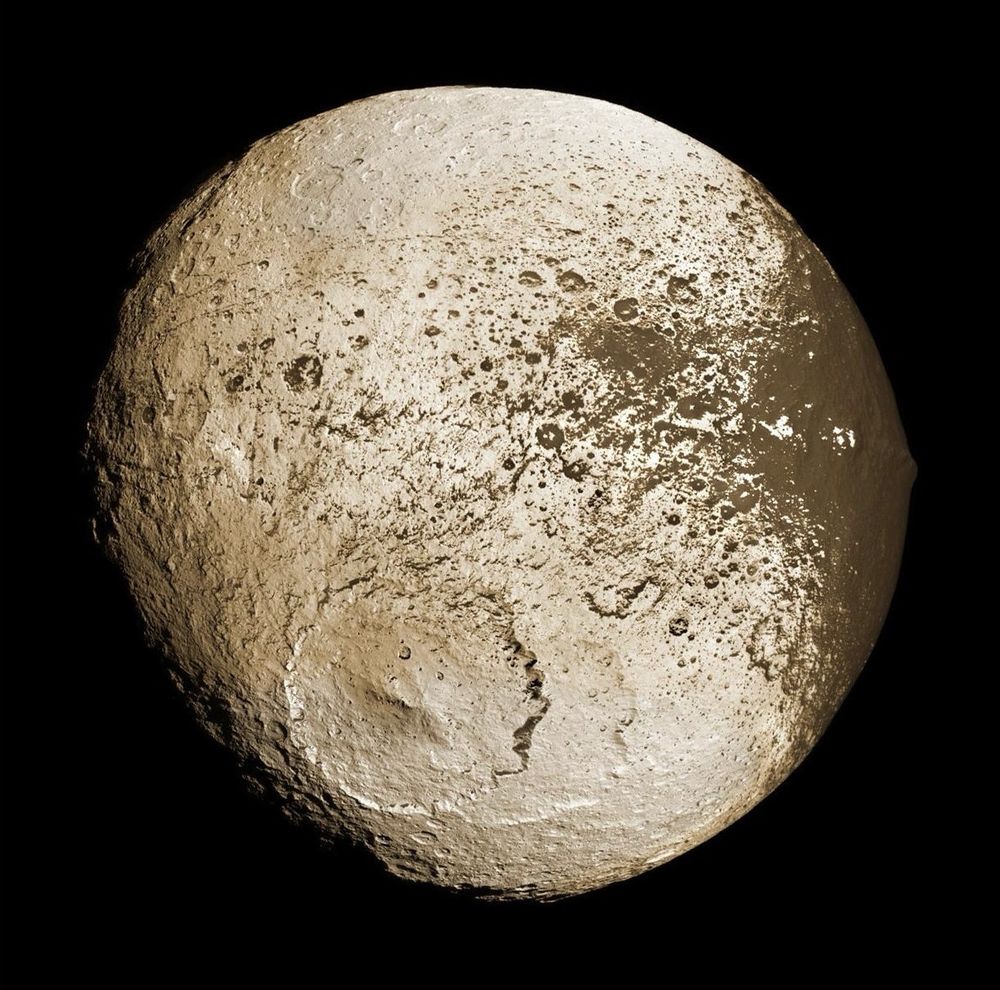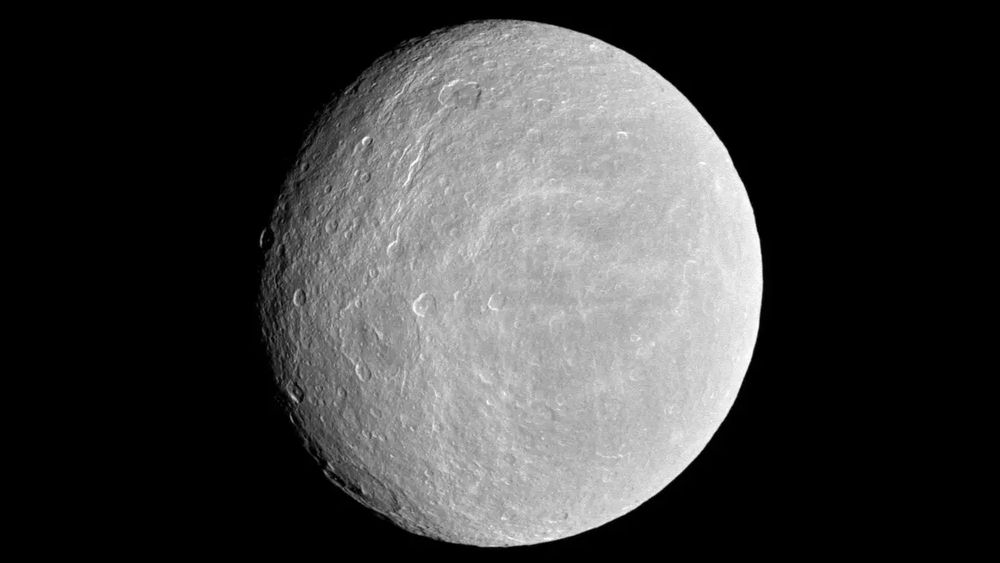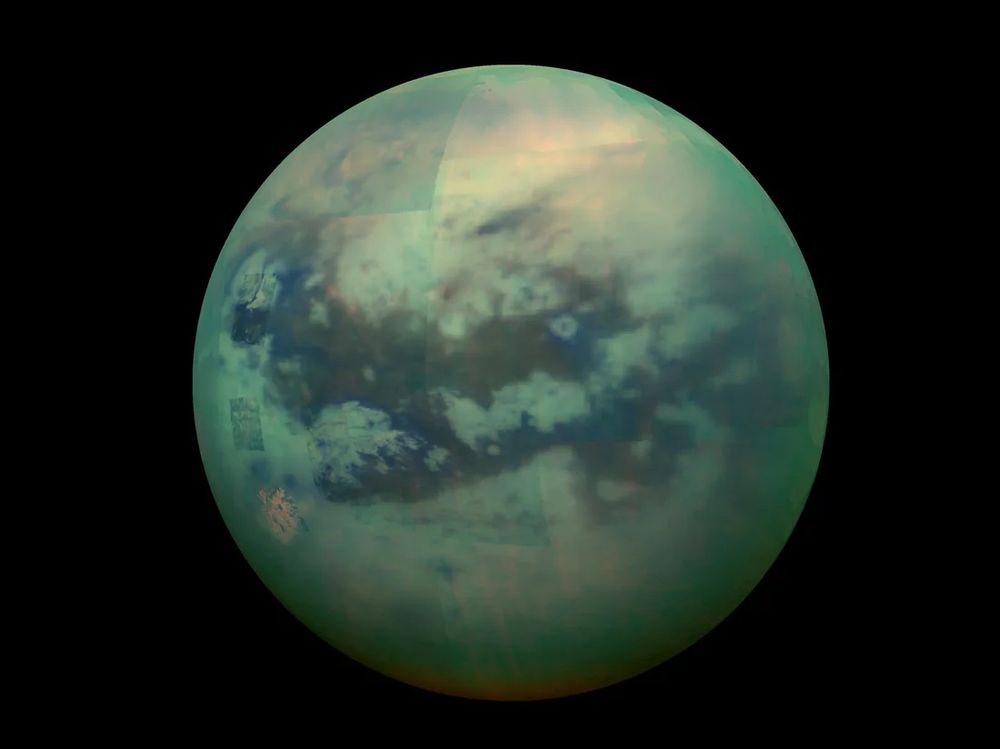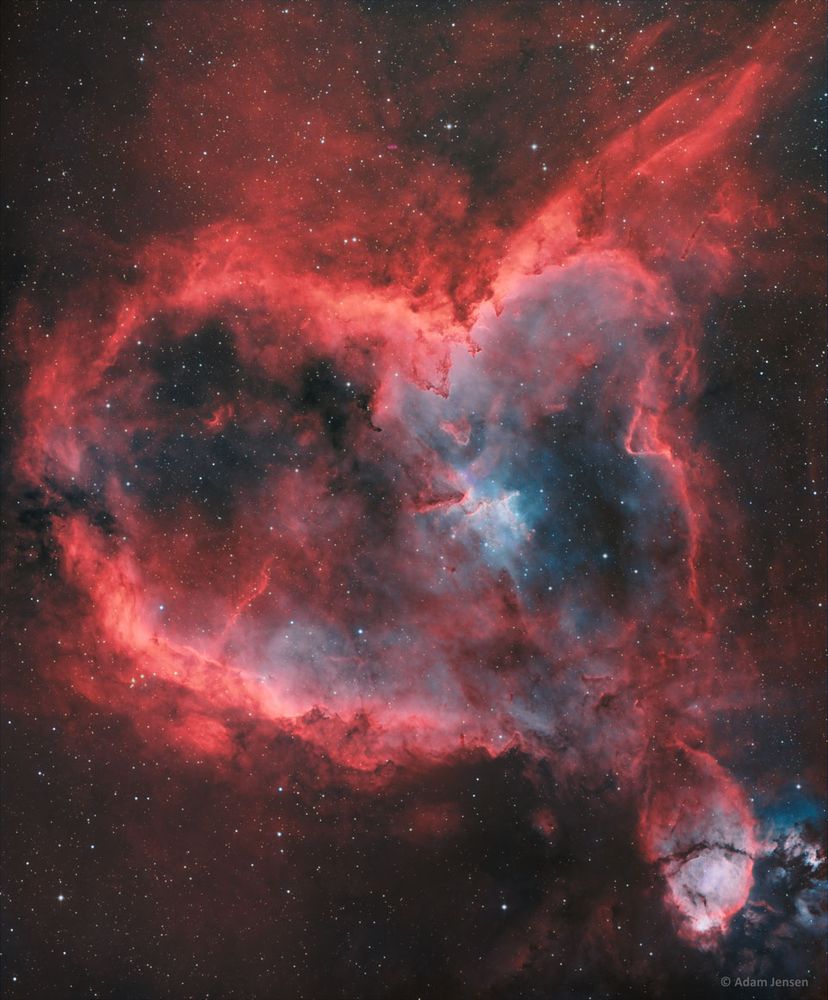Space
Living for the wonders of Space.
- Sunset on Mars captured by NASA's Curiosity Rover. Media Credit: NASA/JPL-Caltech/MSSS/Texas A&M University
- Hearts for everyone! Love is in the air from the Heart Nebula! 💗 #ValentinesDay Image Credit: Adam Jensen
- The moon shining bright over the Hawaiian skies tonight.
- Welcome to Bluesky! 🔭🚀🦋
- Pismis 24, an open star cluster around 8,000 light-years away in the core of the NGC 6357 nebula in the constellation Scorpius. Image Credit: NASA, ESA, and J. Maíz Apellániz, et al
- DEM L 190, a supernova remnant around 160,000 light-years away in the constellation Dorado. Image Credit: ESA/Hubble & NASA, S. Kulkarni, Y. Chu
- SN 1006, a supernova remnant around 7,200 light-years away in the constellation Lupus. Image Credit: X-ray: NASA/CXC/SAO (Chandra), et al
- Vega, the 5th brightest star in the night sky, around 25 light-years away in the constellation Lyra. Image Credit: NASA, ESA, CSA, et al
- Messier 57 (aka M57 or the Ring Nebula) is a planetary nebula around 2,000 light-years away in the constellation Lyra. Image Credit: ESA/Webb, NASA, et al
- One of the Universe’s prettiest mysteries — Hoag’s Object, a ring galaxy around 600 million light-years away in the constellation Serpens. Image Credit: NASA/ESA, Processing: Benoit Blanco
- Ringing in the eve of the New Year with NGC 6946 (aka the Fireworks Galaxy), an intermediate spiral galaxy around 25 million light-years away, bordering the constellations Cepheus and Cygnus. Image Credit: X-ray: NASA/CXC/MSSL/R.Soria et al, Optical: AURA/Gemini OBs
- 🔭🚀⭐️ Wishing all of you a Happy 2025 filled with love, peace, and prosperity!
- WR 124 is a Wolf-Rayet star, 30x the mass of our Sun, around 15,000 light-years away in the constellation Sagitta. Image Credit: ESA/Hubble and NASA
- MyCn18 (aka The Hourglass Nebula) is a planetary nebula around 8,000 light-years away in the constellation Musca. Image Credit: Raghvendra Sahai and John Trauger (JPL), the WFPC2 science team, and NASA/ESA
- 🪩 Name something prettier… Neptune won’t wait. Image Credit: NASA, ESA, CSA, and STScI
- [This account is deactivated/deleted, or was taken down by their PDS (Bluesky PBC)]
- You’re invited. 👽🛸
- NGC 628 (aka the Phantom Galaxy or Messier 74) is a large spiral galaxy around 32 million light-years away in the constellation Pisces. Image Credit: NASA/ESA/CSA James Webb Space Telescope and the NASA/ESA Hubble Space Telescope
- NGC 4826 (aka the Black Eye Galaxy) is a spiral galaxy around 17 million light-years away in the constellation Coma Berenices. Image Credit: NASA and the Hubble Heritage Team (AURA/STScI); Acknowledgment: S. Smartt (Institute of Astronomy) and D. Richstone (U. Michigan)
- NGC 3432, an edge-on spiral galaxy around 40 million light-years away in the constellation Leo Minor. Image Credit: ESA/Hubble & NASA, A. Filippenko, R. Jansen.
- 💫 Relax your mind and soar through the millions of galaxies in the observable universe. #DESITelescope
- Saturn’s third largest Moon, lapetus.
- Saturn’s second largest Moon, Rhea.
- Saturn’s largest Moon, Titan.
- [Not loaded yet]
- [Not loaded yet]
- Fire photo. 🔥🚀👨🚀
- [Not loaded yet]
- Light-years measure distance, so the Helix Nebula spanning 2.5 light-years gives you an understanding of its size from edge to edge.
- Relax your mind and zoom into Webb’s view of the Pillars of Creation. 💫
- Love goes interstellar in the Heart Nebula.
- [Not loaded yet]
- It’s my pleasure! We must give credit where it’s due and support the work of talented individuals who give us a glimpse of the beauty in the world and the universe. 💫
- Relax your mind and travel into the Tarantula Nebula. 💫
